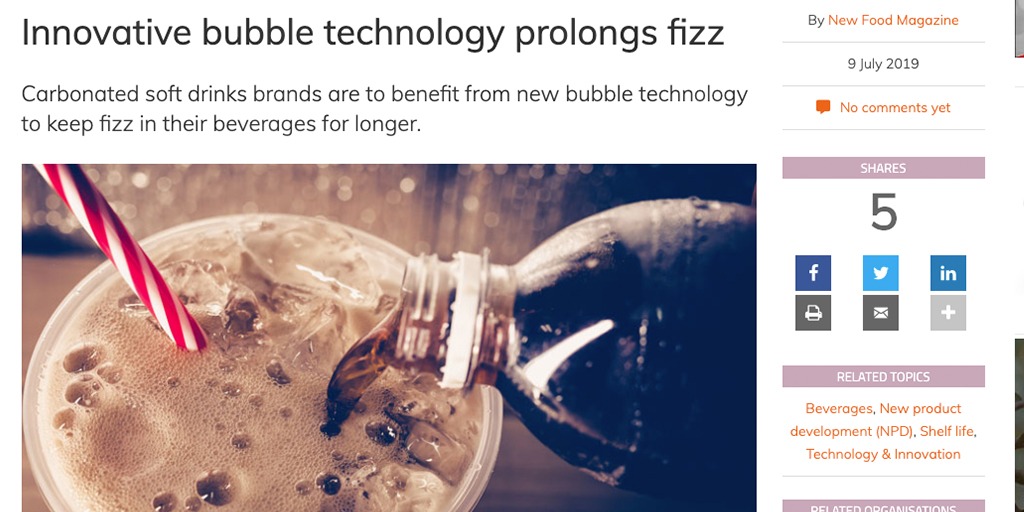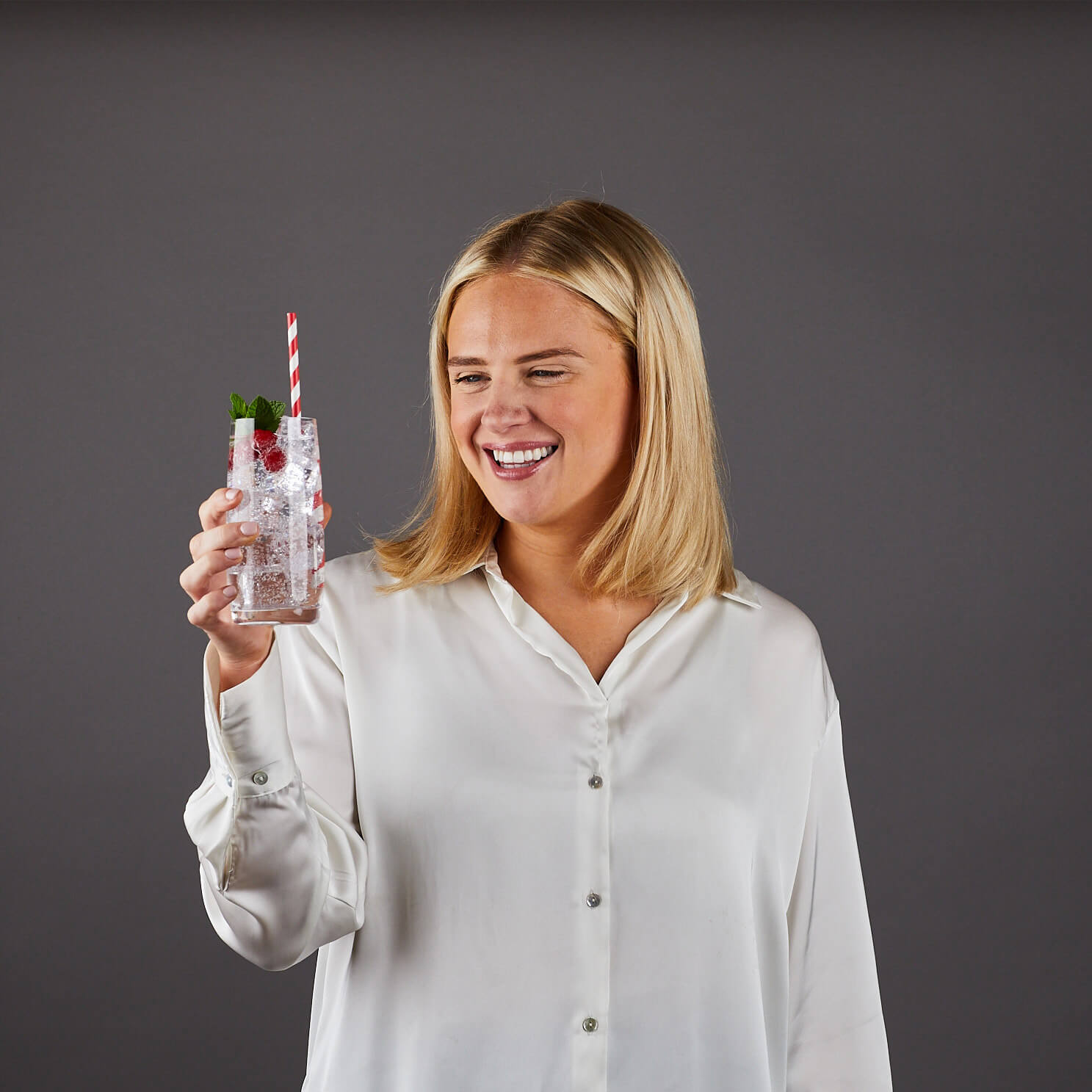The Very British Beverage – an ode to Tonic
Posted in Industry News
Throughout July, CO2Sustain are celebrating British beverage brands, particularly tonics that have skyrocketed in popularity over the last five years with thanks to a growing and enduring love for gin in all its many varieties. In this blog, we will offer a little backstory as to when carbonated drinks first came to the UK as well as the origins of tonic. We’ll then provide you with an overview of where the British tonic market stands today and explore what the future of this refreshing drink may look like in years to come.
But first, we thought we’d give a little insight as to why we’re touting tonic this month. In short, Summer appears to have finally made an appearance here in the UK, and great events of the season are also upon us! Be they sports tournaments or festivals, us Brits love to partake with a cold one in hand to keep us hydrated and pepped for days upon days of good times.
It is perhaps a little difficult now to imagine a time before the UK had extensive gin tasting menus with a range of accompanying tonics to choose from at every respectable bar going. We potentially have a growing number of artisanal makers, pop-ups, and mixology majors to thank, who are changing the dynamic of the wider food and beverage industry as a whole.
As more and more people are put off by the blatant consumerism of supermarket chains and megastores, the local, the luxury, and the natural all begin to gain appeal for producers and consumers.
This, and the importance of choice and personalisation, has driven the G&T movement to new heights where subtle flavour notes, healthy botanicals, and fizzy light refreshment take precedence.
But have you ever wondered why we have fizzy drinks in the first place? Where did they come from and why do we like them so much? Arguably, the first example of carbonated beverages in Britain arrived as a result of Joseph Priestley’s creation of soda water in 1772, which he believed to be beneficial to health.
Indeed, this misconception of carbonation in beverages having manifold cures and salves has been held since the time of ancient civilisations, who likely associated the nutritious properties of minerals in rocks involved in the production of naturally carbonated water, with the carbonation itself.
In all likelihood, the ‘peculiar satisfaction’ this Yorkshire-born chemist experienced in sampling his soda water creation was the sense of fun that comes with tiny bubbles popping on the tongue (which we in the industry refer to as ‘mouthfeel’).
Not long after Priestley introduced this exciting new drink to the UK, a Swiss businessman by the name of Johann Jacob Schweppe arrived to establish his carbonated water product in Britain, with a recipe that improved upon the flavour of his main competition. Very gradually, Schweppe’s beverages gained ground amongst the British elite, notably the grandfather of a certain Charles Darwin, Erasmus Darwin, who provided the necessary momentum to firmly establish this new brand as a favourite among the people.
Schweppe’s company was also one of the first to introduce tonic to the UK in the 1870s, which was originally created in India by Imperial Britons as a preventative measure against malaria. Composed of quinine (a bitter powder extracted from the ground bark of cinchona plants), sugar, and soda water, the drink became a popular accompaniment to gin which was the tipple of choice for Victorians around the same time.
Ever since, gin and tonic has featured on drinks menus in some capacity although it was not until fairly recently that this humble cocktail took the UK by storm with an enormous boom in both gin and tonic producers nationwide.
A current major player in the industry is Fever Tree whose sales have soared in the past couple of years and are estimated to have a market share of 12.6% of the total UK tonic market at the time of writing, a business that prides itself as a producer of premium, high-quality products.
Similar upmarket UK brands such as Britvic, Fentimans, London Essence, Bottle Green, and Franklin & Sons have all experienced significant growth thanks to the G&T rush, and most definitely in part due to their beautifully packaged products and accompanying message of flourishing Britishness.
In terms of where we go from here, it appears the only way is up. Not only is there a plentiful variety of flavours available in endless gin and tonic mixes which are continually on the rise, but the way in which they are presented are fodder for the social media gods – making the G&T a feast for all the senses for vicarious followers as well as their immediate consumers. There is so much imagination to be exploited within such an effortlessly simply combination; it is a win-win for every link in this beverage’s supply chain.
What’s more, tonic brands represent some of the frontrunners in addressing present-day challenges for the beverage industry including reducing sugar, sustainable packaging, and responsibly sourced ingredients. Therefore, even amongst the most health conscientious and environmentally aware there is no denying that tonic brands are leading the way to a better future for drinks, for consumers, and the planet!
If you’re interested to know how CO2Sustain can make your tonic water fizzier for longer, get in touch with us today by emailing at info@co2sustain.com, giving a ring on (+44) 0113 205 0900, or drop us a message on social media – on Twitter, Instagram, and LinkedIn.




